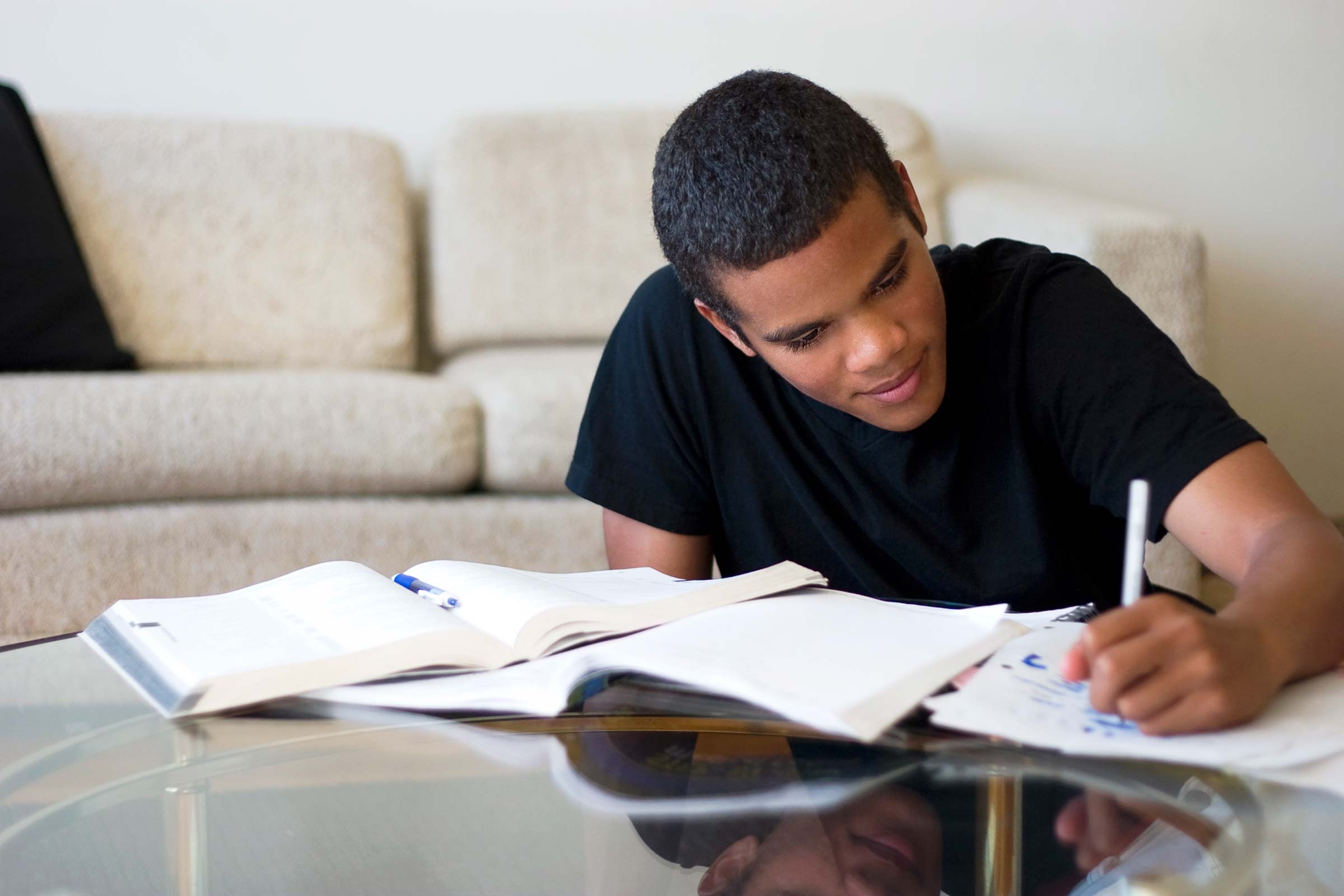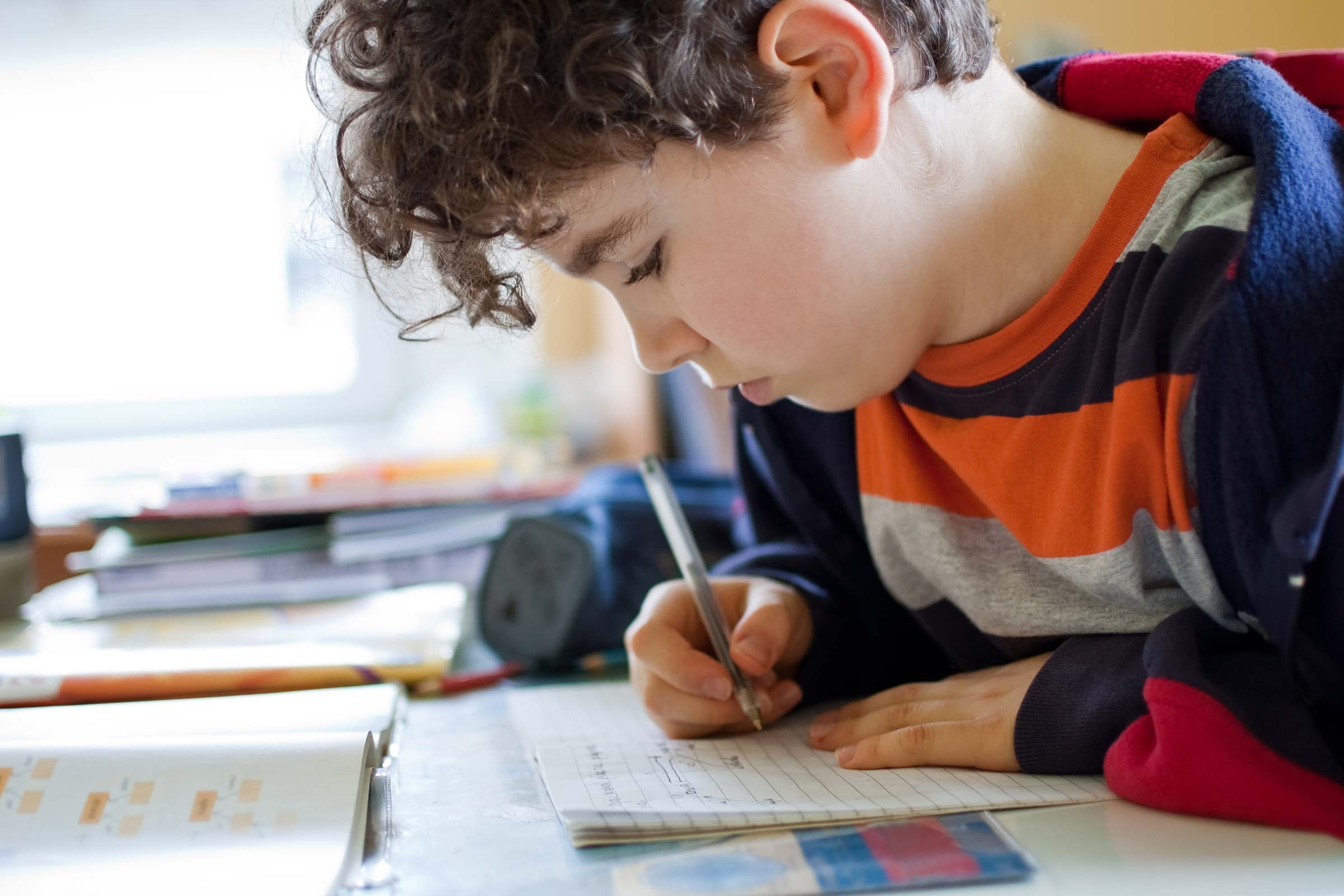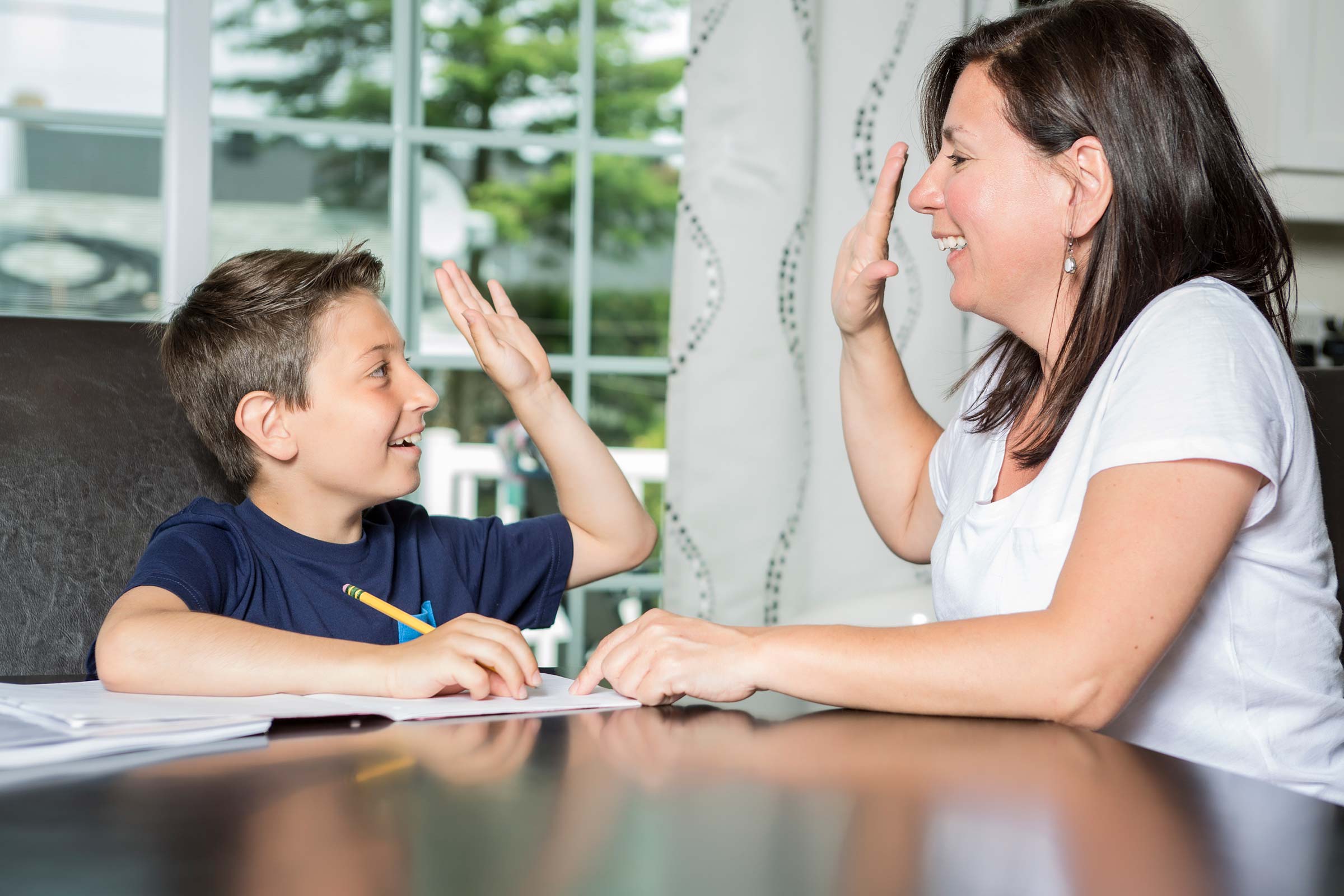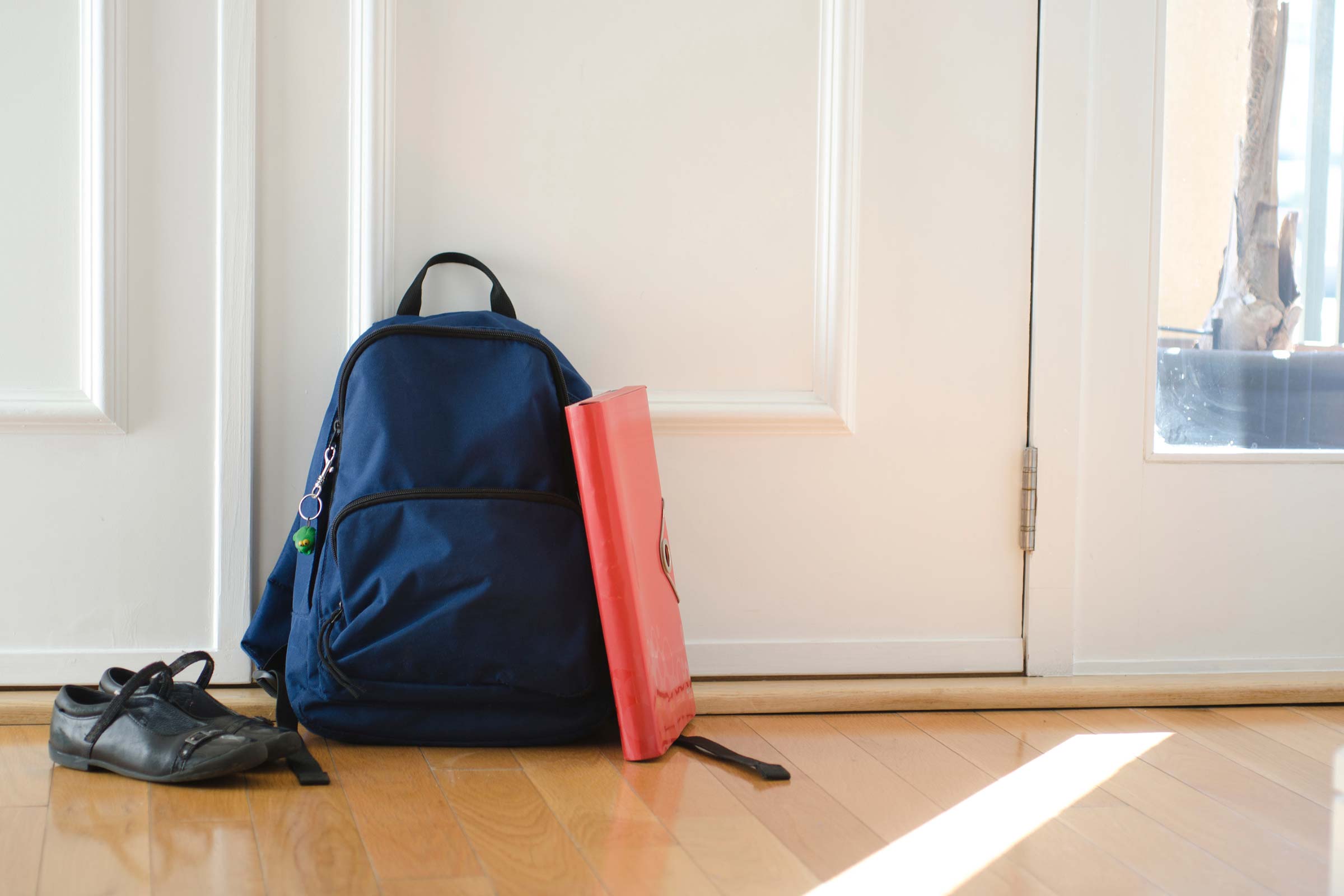How to help your student study for a test, tackle a science project, and beyond.
Create a routine
The faster homework begins to occur on autopilot, the better. Achieve this by establishing a routine. Ann Dolin, former teacher and president of Education Connections Tutoring, recommends younger children start homework either right after school or after a half-hour break, as most kids need a bit of downtime before diving back into their studies. High school kids, she says, tend to start their work later in the evening. “I recommend they create a list of assignments before dinner,” Dolin says. “Having that visual lineup will help them get started.” Check out these secrets of straight-A students.
Don’t check homework for quality
While you’ll want to skim homework to make sure it’s complete, don’t get into a habit of checking for content or judging quality. “If your child needs to write a paragraph, you don’t need to check its grammar—let the teacher handle that,” says Dolin. “Otherwise, it creates a lot of power struggles when you get into discussions with your child about what’s ‘good enough.’ You want to be a parent, not the homework police.”
Know when (and how) to reach out to the teacher
If you notice your child struggling with a certain subject or aren’t sure his or her work is sufficient enough to make the grade, contact the teacher. “When I was a teacher, parents would always complain weeks later,” says Dolin. Try emailing or calling with your question. Start with something along the lines of: “I’ve noticed Jimmy is not writing out the steps when he does his math homework. Would you like him to do that, or is this OK?” Simply reaching out can get parent, teacher, and child on the same page.
Let your child choose his or her study spot
Every child is different in the way her or she learns and works best. If your student prefers standing at the kitchen island, let him. If she’s more productive tucked into her desk in her bedroom, that’s fine too. “I tell kids to be detectives and see where they can be productive and focus the best,” says Dolin.
Resist hovering
While most kids will need some oversight when it comes to homework, it’s best not to hover over them. After around third, fourth, or fifth grade, ask children to show you what they have to do and show you that they’re getting started. “Then walk away,” says Dolin. “It isn’t the parent’s job to be sitting next to the child during homework.” Too much hovering could even send kids the message they can’t do work without a parent present.
Work through a difficult problem like this
If a child is stumped on a particular problem, resist the urge to show them exactly what do to (which could be inconsistent with the method they’ve learned in class and cause even more confusion). Instead, ask if there is an example of the problem in their notes, or if there is a similar problem in their textbook. By encouraging your child to go back and find a guide, you’re giving them the skills they need to work independently.
Make a special plan for weekends
Along with tackling any weekend assignments, use either Saturday or Sunday to plan and discuss any long-term projects your child might have coming up. Ask questions about approaching deadlines. “Say, ‘I see you have a science project coming up, what are the steps you’re going to take to start getting that done?” suggests Dolin, who also recommends outlining these steps in an assignment book or Google calendar.
Get caretakers involved
Encourage your child’s babysitter or afterschool program leader to assist with some assignments, even if the most they do is oversee an independent task. Dolin recommends asking children to complete familiar, reoccurring assignments, such as reading or spelling sentences. “Sometimes kids are reluctant to do hard assignments with a babysitter,” she says. “So maybe save one difficult assignment for when a parent get home.”
Teach your child to utilize small pockets of time
For students with busy afterschool schedules, short periods of time—say 45 minutes between band practice and dance rehearsal—can be lifesavers when it comes to getting things done. What’s more, research has found that kids might even be more productive when work is separated into short stints. Teach kids to make use of the time they have, not to wait until they can sit down for two hours on end to push their work out all at once.
Help a disorganized child like this
For students who tend to be scattered, add structure. Know where the teacher posts homework assignments, and make sure your child writes down assignments and prioritizes them. Dolin recommends creating a “launching pad” to make sure projects and assignments are organized the night before school. “A launching pad is a bin or box that goes by the door,” she says. “So maybe at 8 p.m., the kids pack their binder and their backpack and put all those things in their launching pad. Then all their belongings are in one place for the next morning.”
Help a perfectionist like this
If you notice your child spending far too much time on homework, help them prioritize. Create must-do, could-do, should-do lists to help. And set a time cap on assignments. “If kids are working inefficiently or are too insistent on it being just right or perfect, then they need an end-time,” says Dolin. Set a hard stop by saying all homework must be complete by a certain hour.
Don’t make this studying mistake
When studying for a test, students shouldn’t reread their notes not oblivion. Instead have them read through and stop as they go, asking what’s important and writing those notes in the margins. Discussing the material also works. Going through a study guide on FaceTime with a friend will help information stick. And don’t forget to plan ahead: Break up an hour of studying into 20 minutes of review for three days before a test.














